Isolated from technology by mountains and forests and still ruled by age-old customs, life in the northwest, northeast and Central Highlands is characterised by scarcity and tradition. In this quiet life, the cho phien is an event not to be missed.
At some markets, like those in Sapa or Bac Ha, it's love between the widely spread ethnic minorities that's for sale. Such events convene according to the solar calendar, an indication of the extent Western influence.
But in the more of distant mountains, where locals might have never seen a bus, cho phien takes place by the lunar calendar and moon weeks, which are also used as a guide for growing crops and predicting the weather.
According to ancient custom, markets in Ha Vang, Cao Bang and Lang Son provinces are held on the first and 15th days of a lunar month. There are also markets held every three days, five days or on odd and even days. While each local community has its own set of particular rules and practices - H'mong people do not eat animals' hearts, Dao avoid dogmeat, Tay build their houses in low valleys and Lo Lo live among the rocks - the cho phien becomes a place for all to meet up and exchange goods.
The market can take place by a hillside, a stream or just an empty field - the why and when's are decided a long time before. But one thing's for sure: the market brings excitement to the otherwise quiet life of mountains and forests.
The road to a cho phien may take a half entire day to walk, and a woman (it's females that tend to do the shopping) has to buy enough foodstuff and other household utensils to sustain her family until the next market. Women go to the market to shop, first for their family and then to buy themselves small gifts that no doubt add some fun to the hard life of the highlands, like an ice cream for VND500 or a big pack of steamed glutinous rice for VND1,000.
Sometimes people from remote hamlets will bring a pig along for the 10 kilometre walk, just like taking a dog for a walk in the city. At the market, they'll sit with the pig hoping that it will be purchased. If no sale is made, the two will return home, but without sadness.
If the women make the cho phien colorful with their fantastic traditional costumes, it's the men that animate them. It doesn't matter if you're H'mong, Tay, Nung or Thai, the cho phien is a welcome chance to sit around a big cauldron of thang co, raise bowls of wine and talk from morning to afternoon.
Sitting around a fire and slurping thong co, a huge pot full of blocks of hair-covered meat and big bones, is a favorite thing for the men to do. The soup has been made in the simplest of ways: cows, horses or buffaloes are cut into pieces and all of the hair, skin, meat and bone are put together in a pot, then boiled. And no bowl of this hearty soup would be complete without a cup of maize wine. A delicious dish, tasty wine and good friends- what more could a man possibly want?
With wine flowing in his blood, his belly full and his head hazy from booze, there's nothing a H'mong man loves more than a blow on a khen, or pan-pipe. The musical instrument's sorrowful sounds are never absent from the markets of these romantic and valiant people. Dressed in a black shirt, a H'mong man will dance as if he's a rooster, sometimes throwing himself on the ground while still blowing the khen. The longer and more melodious a tune he makes, the more strength and courage he shows. Drinking wine like a fish and dancing tirelessly, he becomes a focal point for the shy girls shopping nearby.
When the market's over, it's not unusual to see men sleeping heavily on the ground or between stones. The sunlight crosses their body and flies land on them unnoticed. They sleep there till the nightfalls or until next morning without fear because their wives have stayed behind to keep watch. They'll sit and patiently wait, shielding their husband from the sun with an umbrella until he wakes up. Sometimes the couple will walk home hand in hand; sometimes the man must steady himself on the back of his horse, which has also been waiting nearby. The road home may be long and hard, but step-by-step, the couple will find their way.
At more commercialised markets, you can buy numerous specialties of the mountainous regions such as cinnamon, anise flowers, ginseng or herbs that are said to have healing powers. Claws and teeth of wolves and boars, python skin, hair of culi (for blood control), or medicines made of bear and tiger bones are displayed on nylon pieces. But be careful- tourists are known to be naive in the ways of traditional medicine. You could end up with a pig instead of a bear’s stomach.
It's safer to purchase other items, such as clothing made of tree fibres by H'mong people, bright shawls weaved by Thai girls or tinkling silverware by Dao Tien. The diligence and innocence of the people in the highlands imbue these objects with a natural beauty that stretches back eons.
So next time you find yourself marveling at the quiet and peace of Vietnam's highlands, think again - there might be some vivacious rousing going on right under your nose. All you have to do is to find out where.
Time out
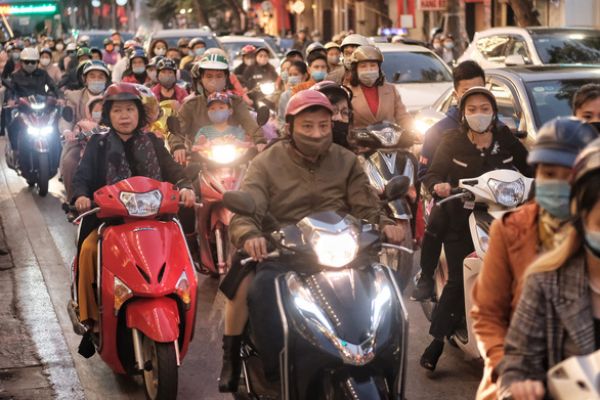
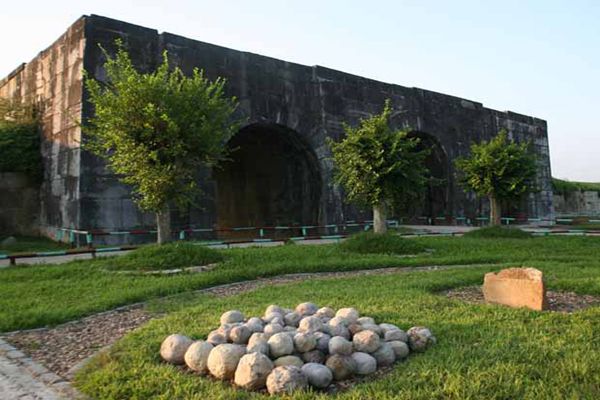
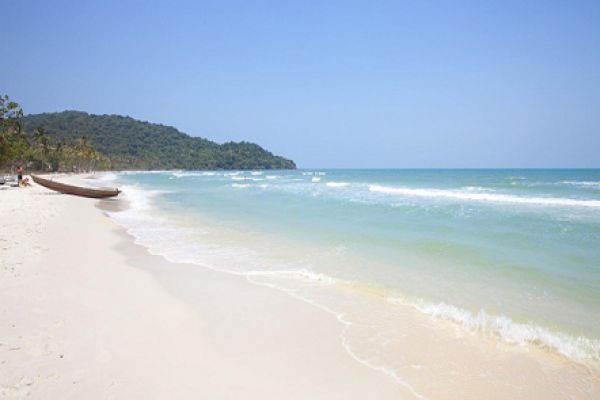
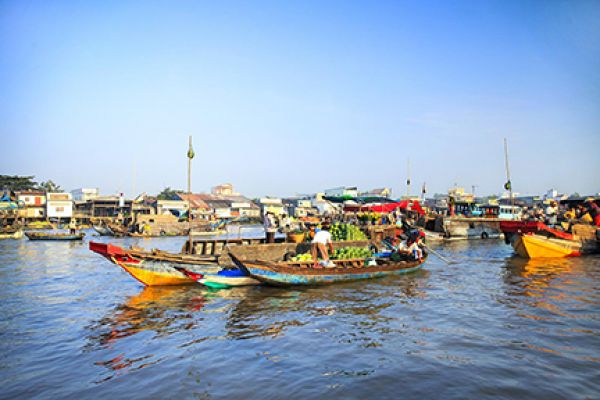
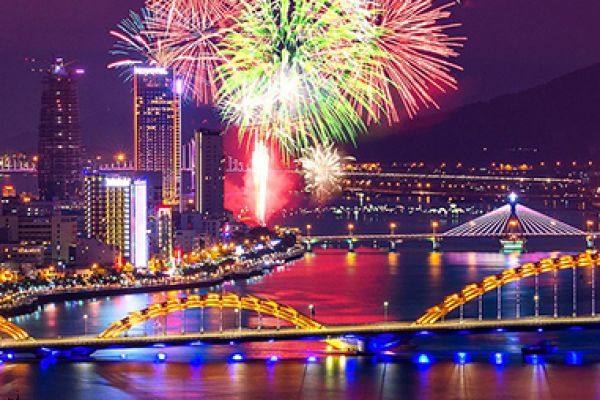

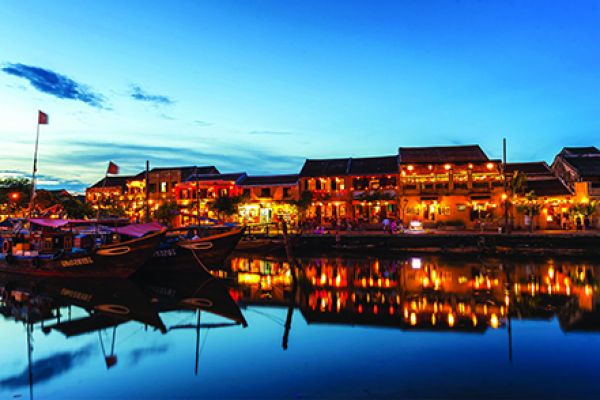
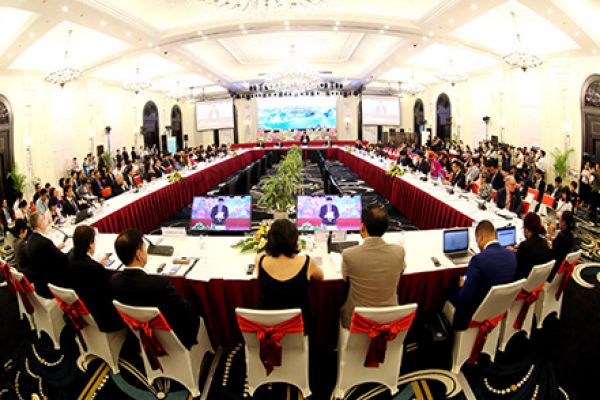
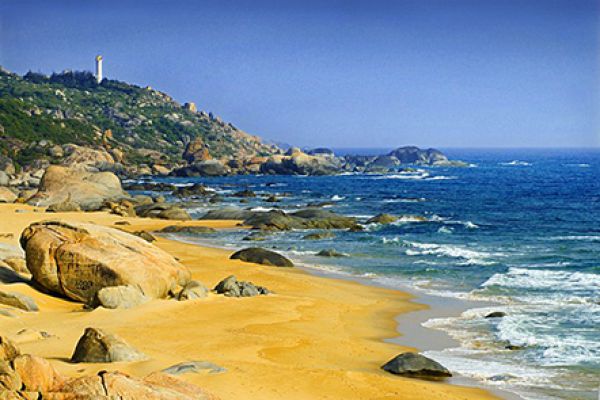
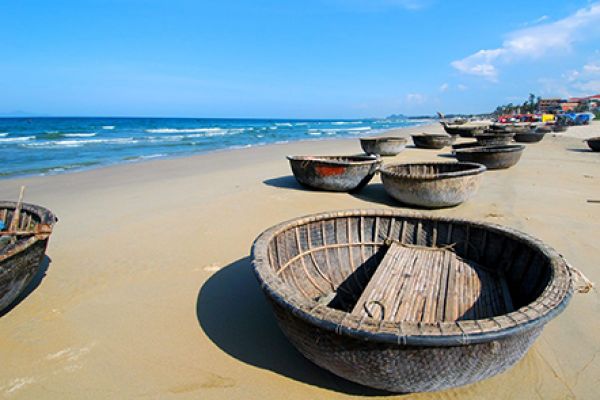
(84-63) 3 826042 – (84-63) 3 511142
No 54 Nguyen Dinh Chieu, Ham Tien Central Mui Ne Beach Binh Thuan Vietnam
523 To Hien Thanh District 10 Ho Chi Minh City Vietnam
Ha Long Halong City Quang Ninh Vietnam
A13 Hung Thong 2 Halong City Quang Ninh Vietnam




